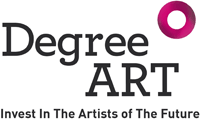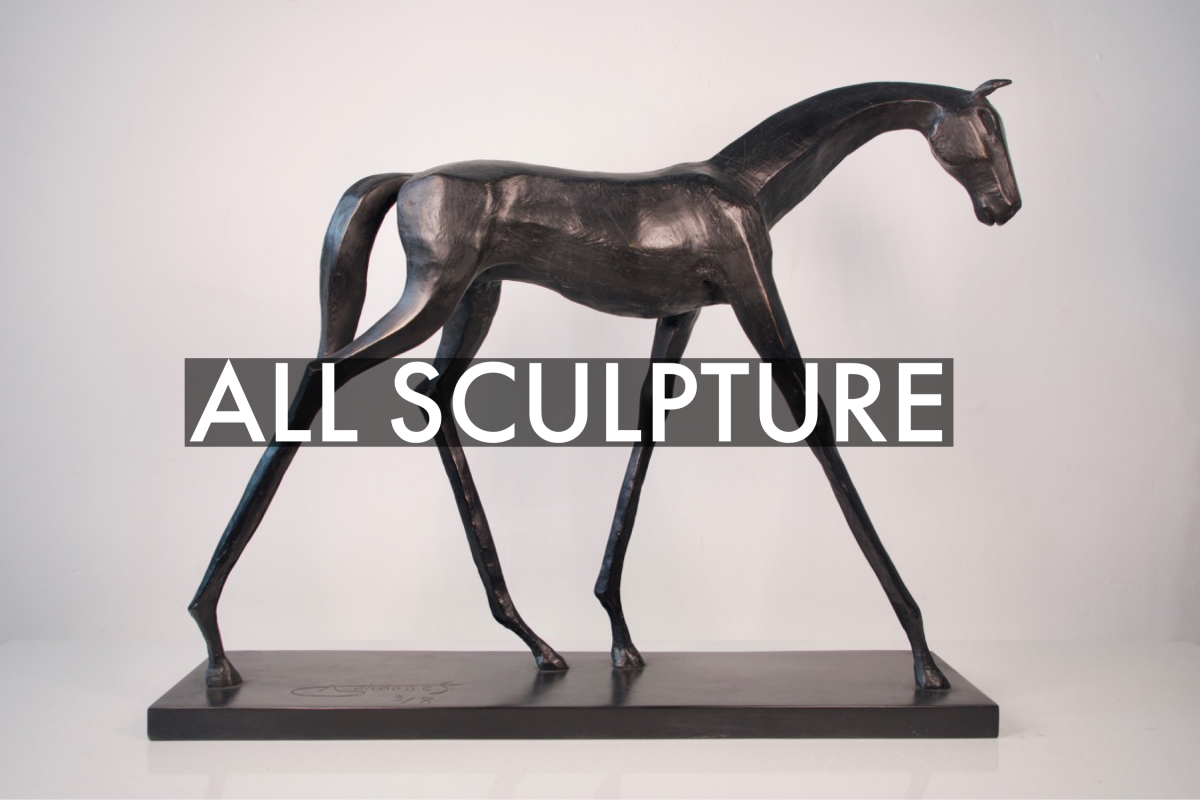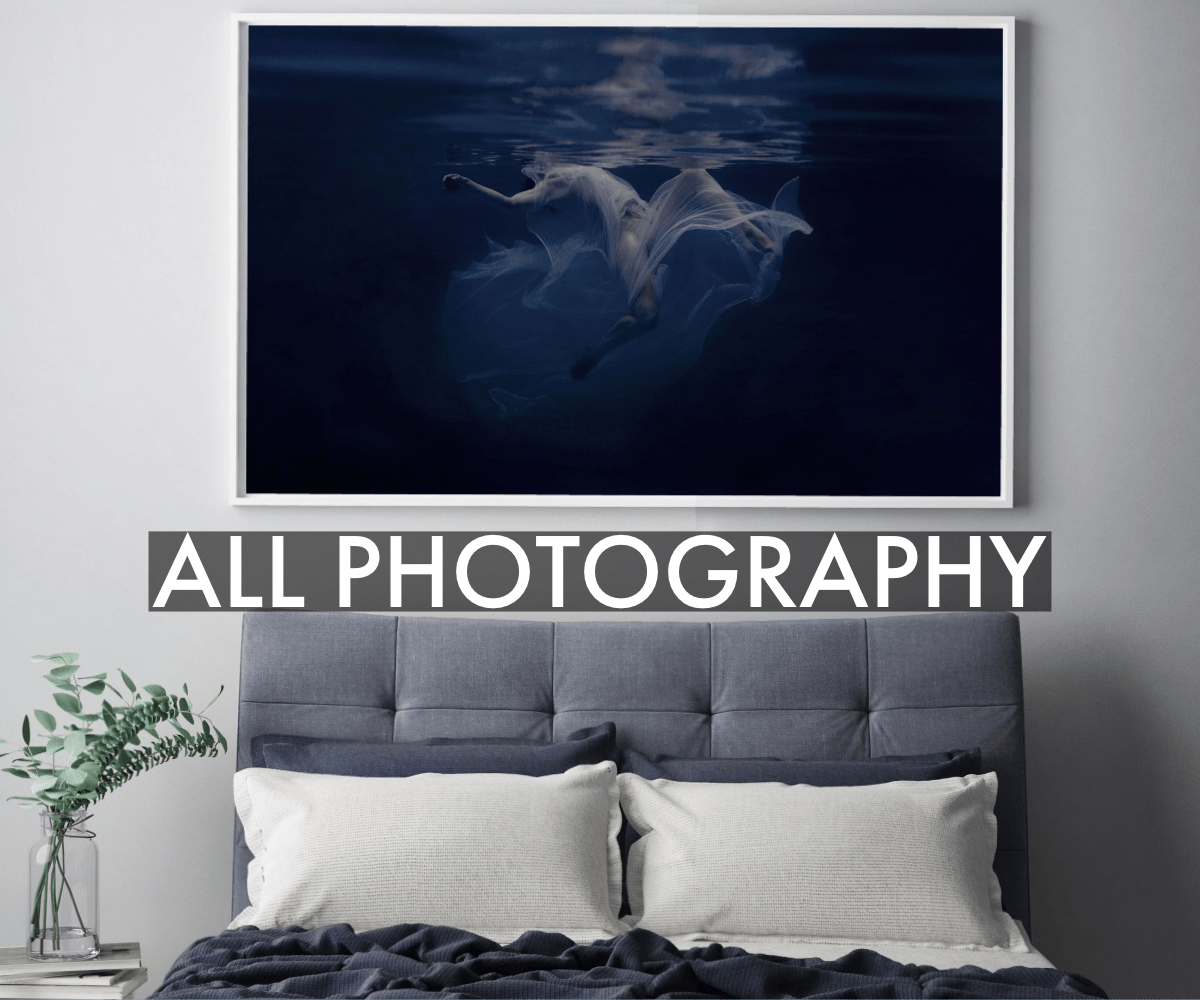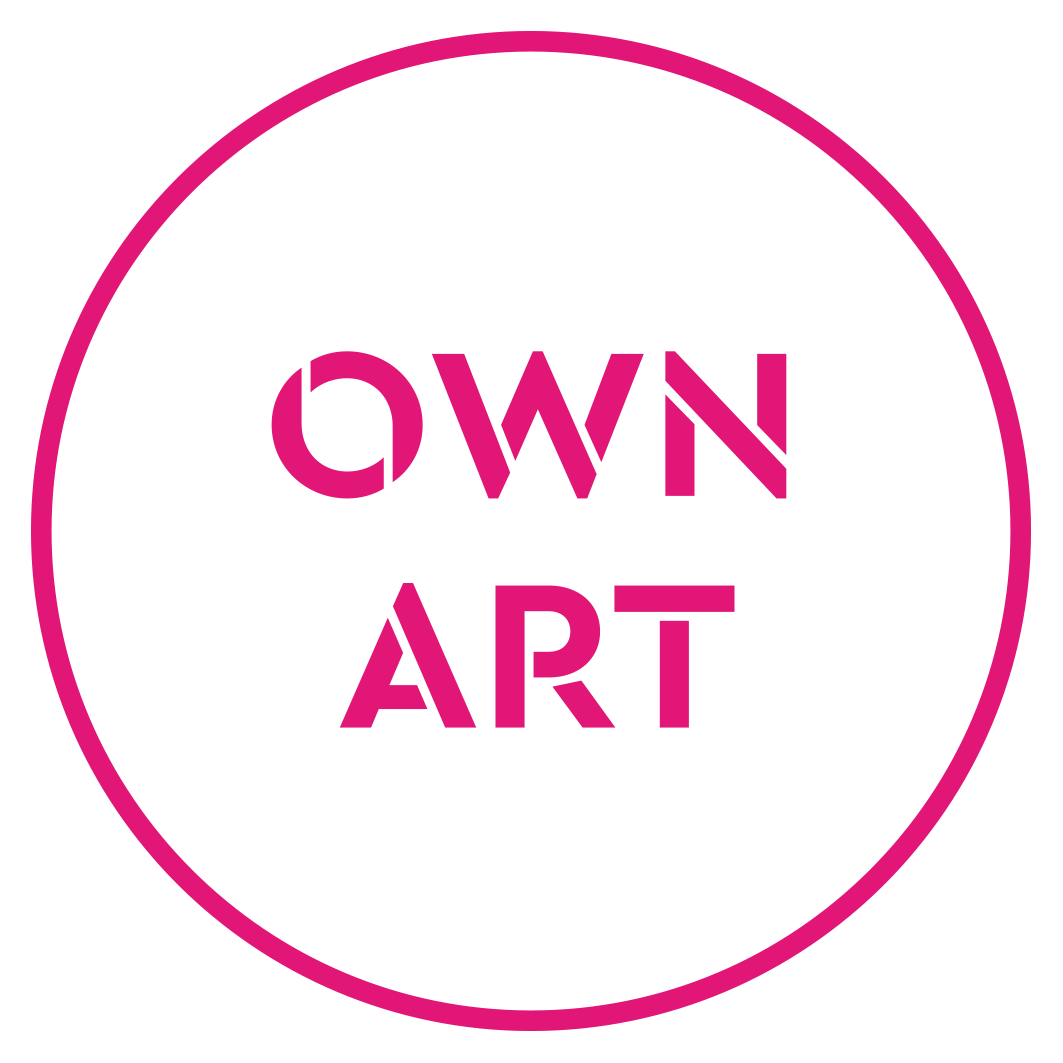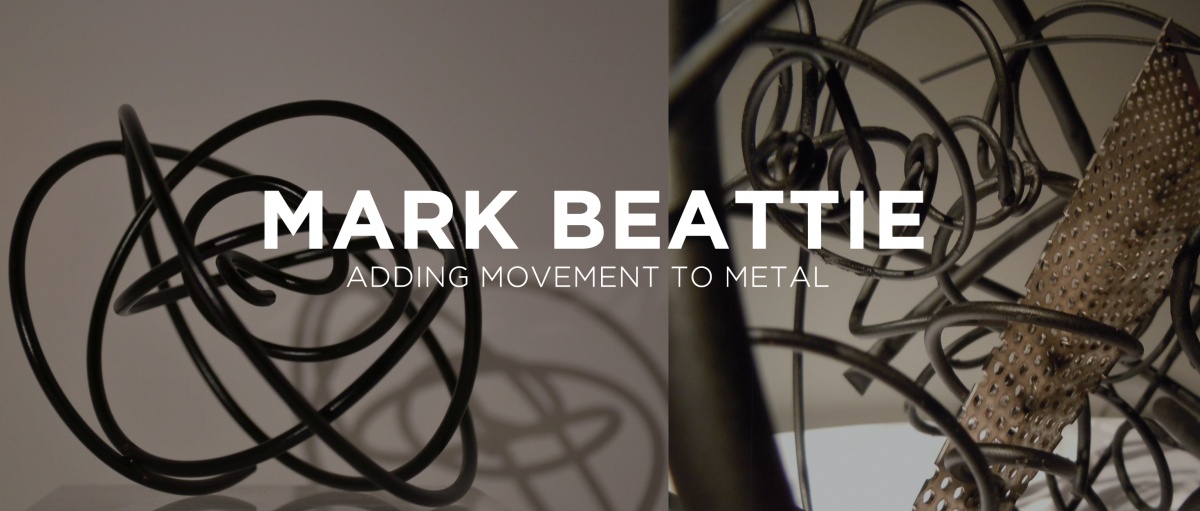
Working with various metals in all their contrasting properties of texture and finish, Mark Beattie enjoys the challenge of making industrial material appear fluid, malleable and delicate. After graduating from the European Arts Practice MA course at Kingston University he continued to study different metals, looking at ways to manipulate and add movement to the material. In 2015 Beattie was elected a member of The Royal British Society of Sculptors.
1) Which art movement do you consider most influential on your practice?
I've always loved surrealism, Dali's melting clocks, Magritte's dream-like imagery and Henry Moore's abstraction of the human form. Whether the movement has influenced my practice I'm not sure but I enjoy the aesthetic flowing lines of Dali, Moore, and Hepworth and I guess these have featured in my own work over the years.
2) Where do you go and when to make your best art?
I've recently moved into a new studio in North London; it's a great space and being surrounded by other creatives is really important. I try and make sure I'm in there every weekday; being surrounded by works in progress, finished pieces and drawings help me develop new ideas and hopefully push my work further.
3) How do you describe your 'creative process'?
I work with various metals and enjoy rolling, bending, manipulating them to give the work a sense of movement. Taking a metal like steel or aluminum and making the industrial material appear malleable is very satisfying. I've recently started to introduce light to my work, I love the intensity of neon and I think it adds something different to my work.
4) Which artist, living or deceased, is the greatest inspiration to you?
My Mum (Jo Beattie - who's also with DegreeArt) has been a huge inspiration to me; being an art teacher for 40 years, raising me and my brother and she still found the time to be creative! Every Friday we used to have 'art club' where we would spend the evening drawing, painting, and making. Now she's retired from teaching she has more time to focus on her own work which is fantastic as we do art fairs together and she exhibits with galleries throughout the country!
5) If you weren't an artist, what would you do?
That's a difficult one. It would have to be something hands-on; perhaps art therapy. I love the idea of art being used to help a person’s physical, mental, and emotional well-being.
6) What do you listen to for inspiration?
I listen to a lot of indie music in the studio, mainly Foo Fighters, Oasis and Artic Monkeys. I've also just discovered Desert Island Discs - guilty pleasure!
7) If you could own one artwork, and money was no object, which piece would you acquire?
It would have to be a piece by Anish Kapoor. I love so much of his work to choose one piece would be difficult but I think if forced I would go for "Decension", which is a black whirlpool installation. I would need a larger apartment, though.

8) If your dream museum or collection owner came calling, which would it be?
The dream scenario would be being asked to do the Tate's Turbine Hall commission. The space is epic.
9) What is your key piece of advice for artists embarking on a fine art or creative degree today?
Don't worry about making mistakes, they often lead to something.
Don't worry about making mistakes, they often lead to something.
10) What is your favorite book of all time (fiction or non-fiction)?
The Curious Incident of the Dog in the Night-Time by Mark Haddon. I've also seen it on stage and it's brilliant.
11) If you could hang or place your artwork in one non-traditional art setting, where would that be?
I've seen pictures of a sculpture garden at the bottom of the sea. I like that idea but it would have to be somewhere warm so I can go visit the piece and do some scuba diving.
12) What was the biggest lesson your university course or time studying taught you?
Scale. My time studying in Australia taught me to think big; the course lecturers were so positive and encouraged everyone to push their limits.
